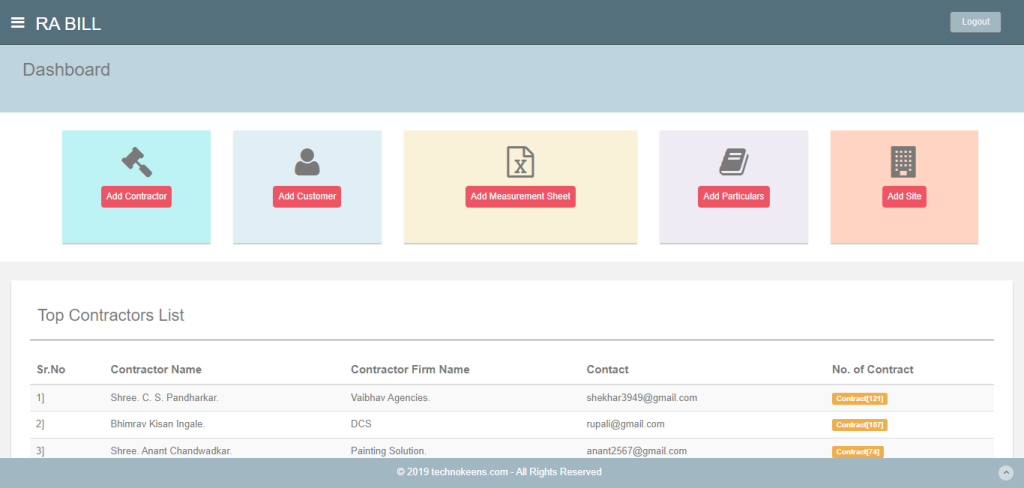Developing Recommendations
Technokeens: Developing Recommendations through Expertise and Methodology
Based on the synthesized findings, the team now develops recommendations. This is the phase where solutions are proposed. The recommendations should be actionable, feasible, and aligned with the project’s objectives.
Overview
Strategic Guidance: An Overview of Technokeens' Approach to Developing Recommendations
This stage often involves presenting the findings and recommendations to stakeholders, gathering feedback, and making revisions as necessary. The goal is to provide a clear, well-supported plan for solving the identified problem, setting the stage for the implementation phase.
Once the synthesis and interpretation of the findings are complete, the team moves on to the recommendation development phase. This is a crucial stage where potential solutions are proposed based on the insights gained from the analysis. The recommendations aim to address the identified problem and should be actionable, feasible, and aligned with the project’s objectives.
During this phase, the team carefully considers the synthesized findings and identifies key areas where interventions or improvements can be made. They assess the potential impact and feasibility of each recommendation, taking into account factors such as available resources, timelines, and stakeholder preferences.
The recommendations should be actionable, meaning that they provide clear and specific steps that can be taken to address the identified issues. They should also be feasible, taking into account practical constraints such as budgetary limitations, technical capabilities, and organizational resources. It is important that the recommendations are realistic and achievable within the given context.
Alignment with the project’s objectives is another critical aspect of developing recommendations. The team ensures that the proposed solutions are consistent with the overall goals and vision of the project. This alignment helps maintain focus and ensures that the recommendations contribute to the desired outcomes.
In many cases, presenting the findings and recommendations to stakeholders is an integral part of this phase. The team shares their insights and proposed solutions with key stakeholders, such as project sponsors, executives, or relevant departments. This allows for valuable feedback and input from stakeholders, ensuring that their perspectives are considered in the final recommendations.
Feedback from stakeholders may result in revisions or refinements to the recommendations. The team takes into account the input received and makes adjustments as necessary to improve the quality and effectiveness of the proposed solutions. This iterative process helps ensure that the final recommendations are well-informed and supported by a wide range of perspectives.
Industries

Problem Analysis and Solution Planning
The ultimate goal of this phase is to provide a clear, well-supported plan for solving the identified problem. The team collaboratively works together to analyze the issue at hand, conducting thorough research and gathering relevant data. Through this meticulous process, they are able to identify the root causes of the problem and devise effective solutions. The team then presents a comprehensive set of recommendations that outline the necessary steps, resources, and timelines for implementation. These recommendations are carefully crafted, taking into consideration various factors such as budget constraints, potential risks, and stakeholder input.
Impact
The Importance: Recommendation Development Phase in Problem Solving and Implementation

Related Case Studies
Take a look at
these related case studies

Renovation System Pro
Introducing a comprehensive project management and financial solution for the renovation industry, designed to streamline resource management, predict uncertainties with AI-driven anomaly detection, and facilitate financing through credibility analysis and fintech collaboration, complemented by a simplified and transparent bidding platform for project and property owners

House Owner Management System
Explore the challenges faced by property owners like Mr. Johnson who juggle the complexities of managing a portfolio of rental properties, and society owners struggling with the demands of overseeing community operations, as they both seek efficient systems to streamline task management, communication, and organizational responsibilities.

E-Painter

E-Tender

ASBD All Star Backdrop

Student Management System

E-Commerce Grocery Store

Investment Advisory Service

Taxi Booking App

Estimate Generator And Management Portal
Government employees, specifically junior engineers, are responsible for creating and managing estimates in an Excel sheet. This process involves using specific formulas for calculations. However, due to the large amount of data and records, searching, deleting, and updating records is a lengthy and time-consuming task.

Student Management System

